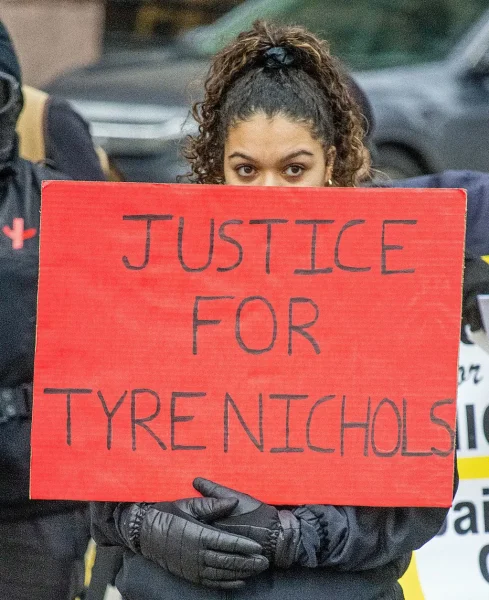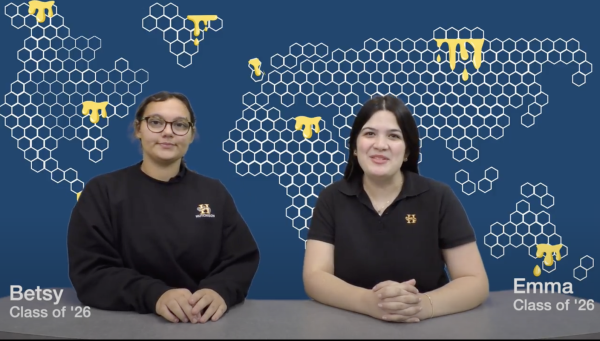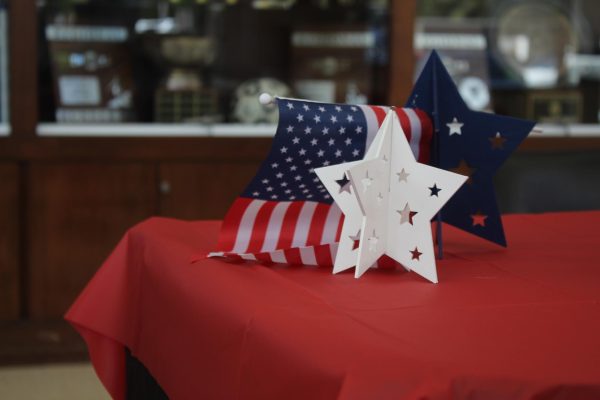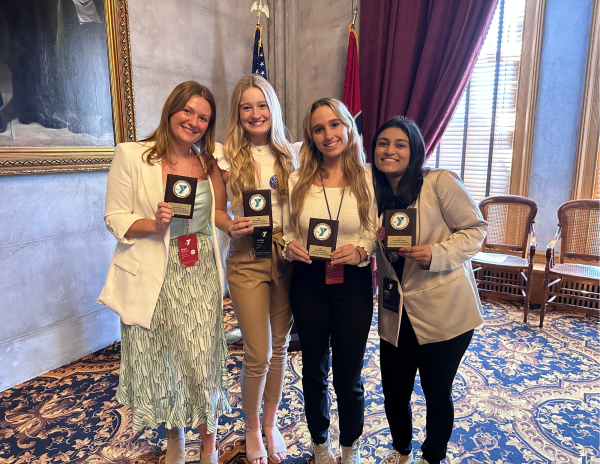War in the age of Social Media
On January 3, 2020, the President of the United States launched a missile at the country of Iran. Before this attack happened, the country of Iran and the United States had major tension, especially in the last year. The U.S. tightened Iran’s sanctions and in June that same year, two oil tankers were bombed allegedly by Iran in the Gulf of Oman. The conflict with Iran continued on December 27th, 2019, when a rocket that was backed by Iran’s Guard Corps killed a U.S. civilian contractor and wounded other Americans. On the 29th, the U.S. conducted airstrikes at the group that the Americans believed to be behind the rocket. Violence occurred on the 31st when Pro-Iranian protesters attacked the U.S. embassy in Baghdad. On January 3rd, President Trump launched a precision drone to “terminate” Qasem Soleimani, a top Iranian general. 24 hours later, Iran swore revenge on the United States for killing one of their generals.
After receiving news of the launch, many teens took to the popular app, TikTok, to express their thoughts and concerns. Quickly, the situation escalated to people posting about a potential World War III and the possibility of being drafted.
Some Americans frowned upon the memes and told teenagers to stop joking about the sensitive topic of war; they took offense to what was supposed to be humorous. They felt as if the memes were inappropriate because of a potential war, which shows how much social media can impact a nation. Older generations have mixed feelings about TikTok because they did not grow up with the advantage of modern technology.
While there has not been a draft since 1973, there were many convinced that there would be a draft for “WWIII”. Which is very unlikely due to a number of reasons such as the amount of people who volunteer for the military and the nature of war. According to Army Times, 1.7 million young people are qualified to serve in the military. Of those, 136,000 young people are interested in actually joining the army. While many questions are left without answers, there are certain things we know. 1) A draft only happens when more troops are needed than the voluntary military can supply, 2) If there was a draft, the government would conduct a national draft lottery to determine the order in which young men would be drafted. At this moment in time, it is uncertain in women would be included in the draft.
According Peace Science Digest, “Viral messages can spread across the globe and enter into the mainstream media narrative when picked up by news sources.” Older generations and some teens were worried about different reactions to the memes, some concerns included: Iran’s reaction to the memes, putting U.S. soldiers in danger, and spreading false information. Despite its negative connotation, social media can be used for good. Its sense of community can be comforting in a time of need, and positive messages always are being posted. When making TikToks and memes about news headlines, it is important to consider the gravity of the issue and whether or not it is appropriate to joke about.









